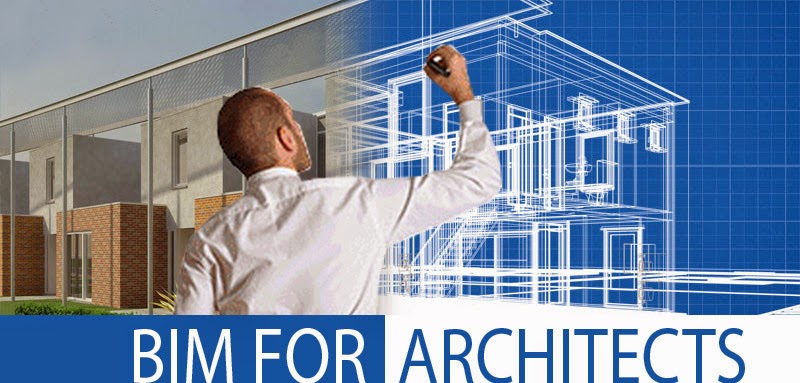BIM is a global phenomenon, and it is set to change the way architects work. In a survey sometime in 2014, it was revealed that 95% construction professionals were aware of BIM and it was predicted that BIM adoption and its usage would jump from mere 54% to a whooping figure of 93% in a time gap of three years.
Today, the scenario is such that, Dubai has already made BIM use mandatory for all large scale and complex building projects. Singapore has made it mandatory for projects bigger that 5000 square meters to use BIM.
UK firms are also gearing up for adoption of level 2 BIM capabilities for all central government infrastructure projects from 2016, and France is preparing for a major shift by mandating BIM use for public procurement since 2017.
BIM for architects and engineers is a trend that cannot be ignored. The increased awareness of BIM benefits can only expedite the BIM adoption across all stages of the building lifecycle, and contractors will also insist that their supply chains use building information modeling too.
The reasons why it is the best policy for architects and engineers to proactively embrace BIM are aplenty.
Today, the scenario is such that, Dubai has already made BIM use mandatory for all large scale and complex building projects. Singapore has made it mandatory for projects bigger that 5000 square meters to use BIM.
UK firms are also gearing up for adoption of level 2 BIM capabilities for all central government infrastructure projects from 2016, and France is preparing for a major shift by mandating BIM use for public procurement since 2017.
BIM for architects and engineers is a trend that cannot be ignored. The increased awareness of BIM benefits can only expedite the BIM adoption across all stages of the building lifecycle, and contractors will also insist that their supply chains use building information modeling too.
The reasons why it is the best policy for architects and engineers to proactively embrace BIM are aplenty.
- Going 3D, is better than 2D for spatial management
- It is easy to create visualizations and communicate design and construction planning to concerned people
- It is easy to analyze energy performance
- Information rich 3D models can be shared across structural and MEP disciplines to enable engineers communicate design information in a better manner
- As the design and construction process becomes efficient, it helps architects gain an edge over competition





0 comments: